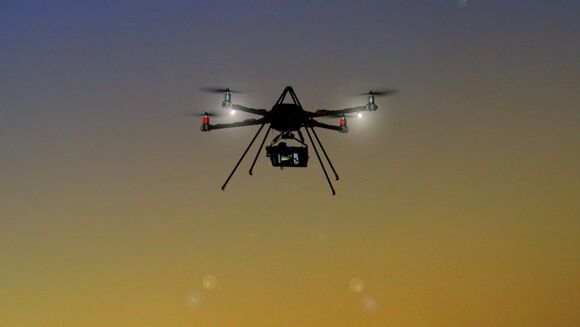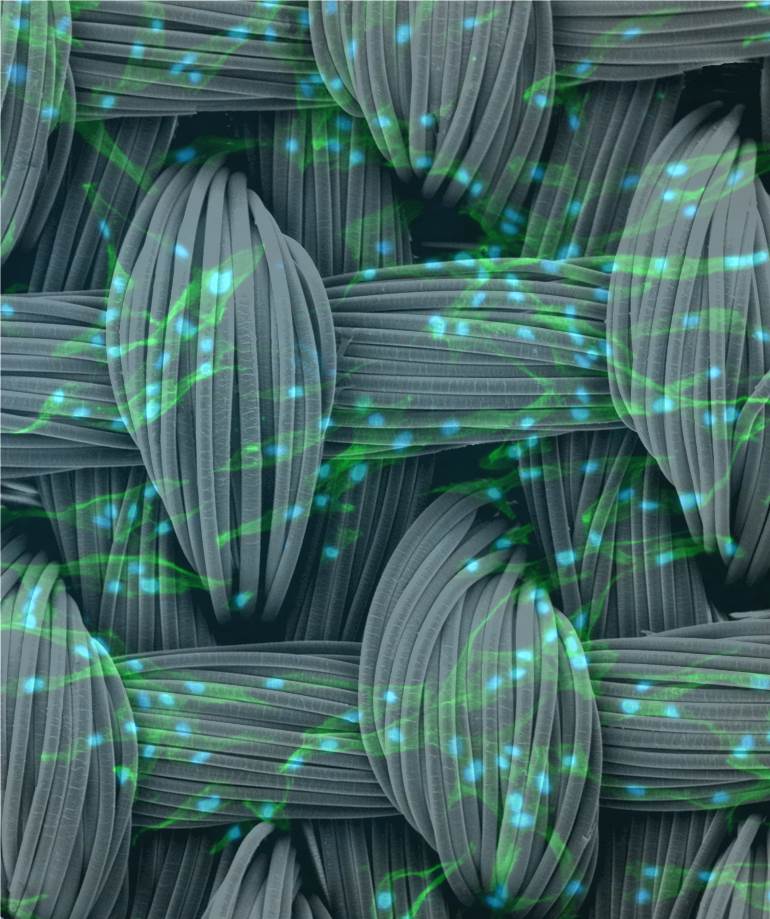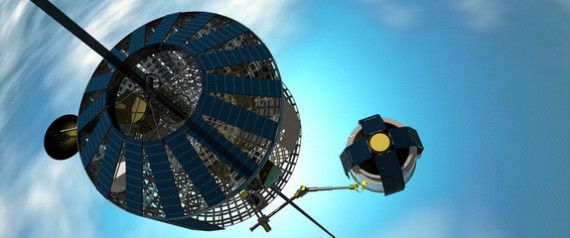Feb 25, 2014
Drones to Deliver Government Docs in the United Arab Emirates Next Year
Posted by Seb in category: drones
Jason Dorrier — Singularity Hub

Remember when Jeff Bezos said Amazon would deliver packages using drones at some point in the next few years? Bezos and Amazon may be beat to the punch by a government in the Middle East. The United Arab Emirates (UAE) recently launched a million dollar contest to develop and implement a fleet of delivery drones within a year.
Competitors will design drones to deliver government documents. The drone’s cargo compartment would be secured biometrically—requiring a finger print or retina scan to release the paperwork inside. The UAE plans to announce a winner in May, and after six months of testing in the dust and heat, begin regular service.
 Future Wow
Future Wow




 Hello Ray,
Hello Ray,







